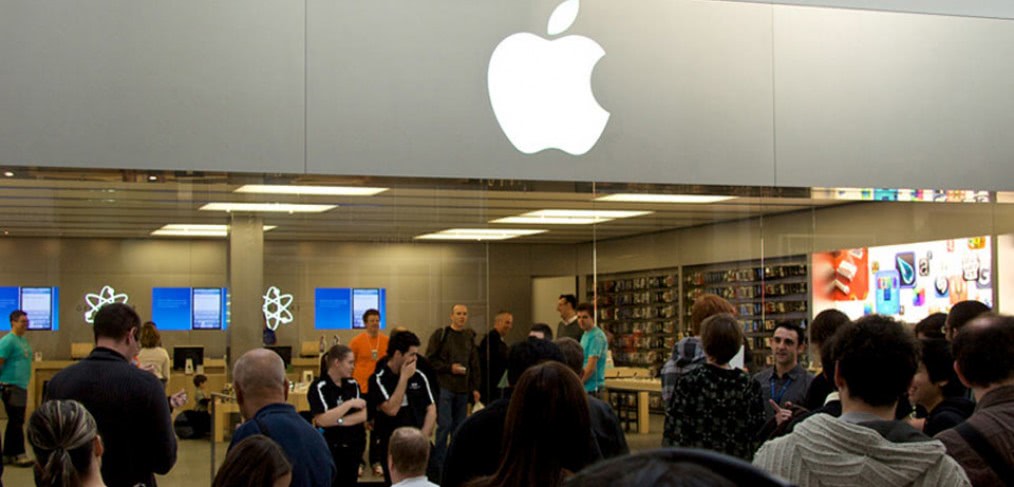
In Branch We Trust
Consider that Apple continues to open stores – despite the fact that their merchandise is easily purchased online. Similarly, Warby Parker, once an online only retailer, is accelerating its plan to open eyewear stores. Smart retailers have figured out that their stores aren’t really about products – stores provide an experience.
Stores can be used to showroom, educate, and test products and services in ways that further distinguish them from online options. Most importantly, stores allow people to interact and engage face to face when discussing matters of trust. Whether considering a phone upgrade or a pair of glasses, we want to look our advisors in the eye.
Bank customers are no different. While simple transactions have increasingly moved online, customers seeking financial advice still prefer in-person conversations. Despite rampant branch consolidation across the U.S. the total number of retail branches continues to hover around 90,000.
The question then is not why build a branch, the question is how.
The experience needs to be intuitive and logical. If the customer no longer utilizes the branch to conduct simple transactions then why show off a teller line? If the customer knows they need to speak with a specialist then why interrupt their path with someone who can only greet them but is not empowered to help? If the customer is looking for financial expertise what signal is communicated by vacant offices and unstaffed desks?
Map the journeys of customers with varying needs. A customer seeking a loan expects and should be provided a different experience than a first-time customer opening an account. Their paths will begin and end differently but they will also converge, and each nexus represents an opportunity to create a unique and memorable moment shared by all customers.
Build a branch that evokes credibility. If customers have chosen to visit their bank in search of advice, then the branch should clearly facilitate consultation. This does not simply suggest the need for more desks; a consultative environment may be far more hospitable. While it does suggest the need for private conversations, it may also suggest the need for semi-private, casual seating areas where customers can feel comfortable – and less committed – than they would in an office with a door. Consider also teaching areas, places to offer financial guidance to groups.
Design an environment that responds to the tastes and experiences of the customer. A branch layout determined by customer needs will look and feel different than one prescribed by Operations or Security. This is a good thing.
So why build branches? Because if you create an environment that enriches and deepens the consumer experience – in a unique and meaningful way – customers will beat a path to your door. It’s taken a while but many banks, like sophisticated retailers, are starting to figure this out.
Cover Image via Macinate
